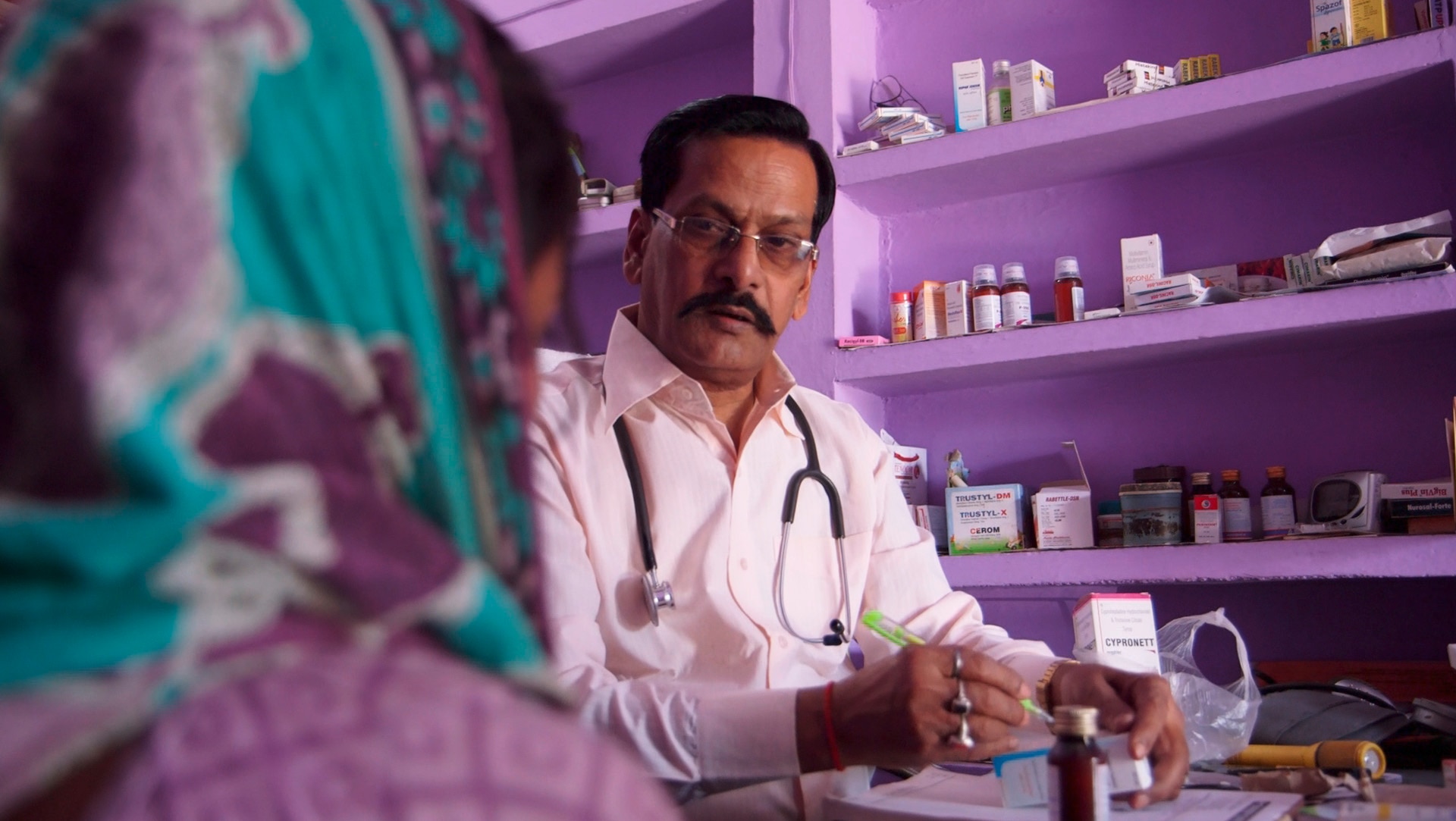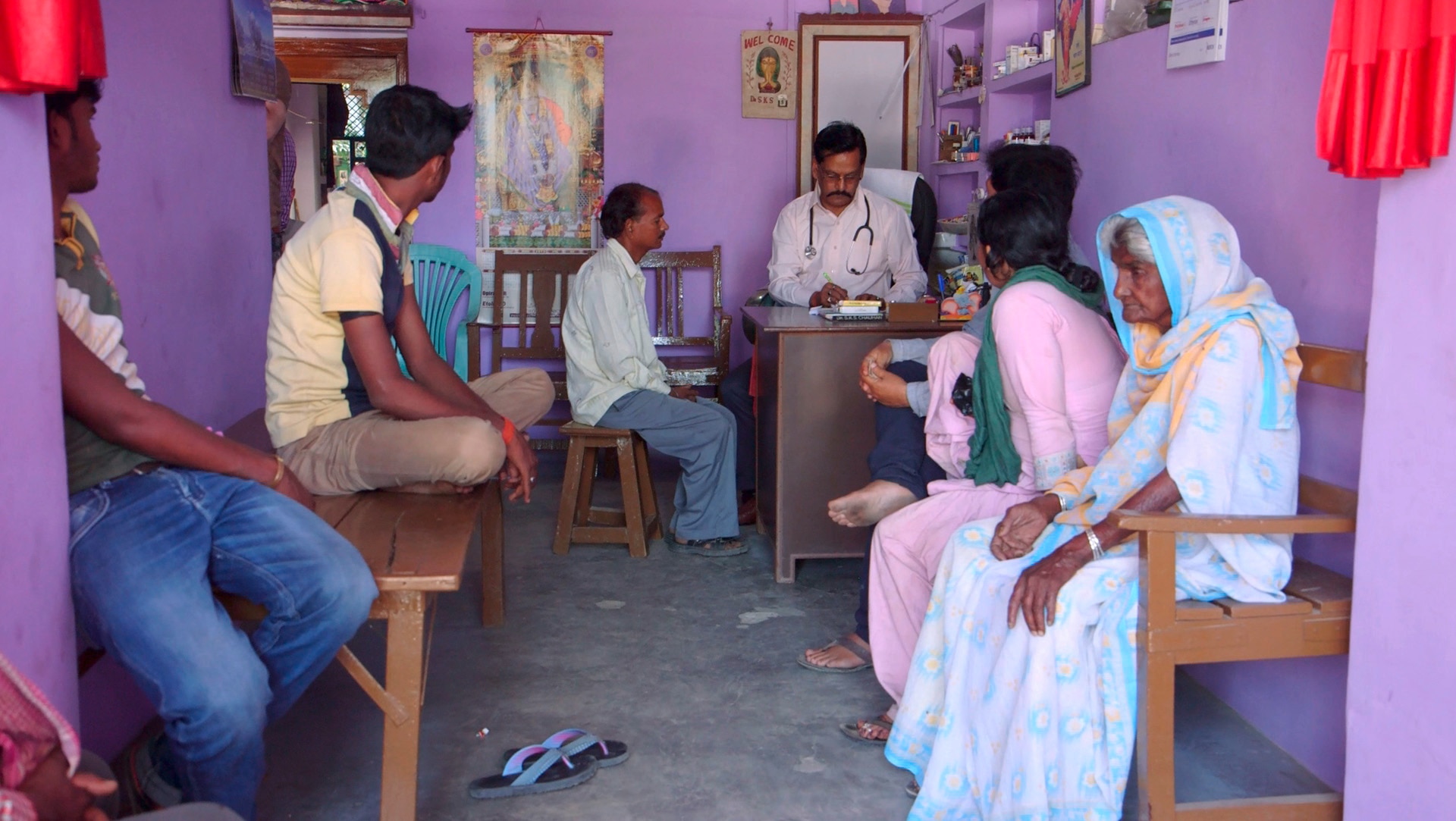PROGRAM HELPS PHYSICIANS IN RURAL INDIA
When Dr. Singh Chauhan opens the wooden door of his small clinic at around 10 a.m., the sun has already begun transforming the village of Takia Patan in the state of Uttar Pradesh, India, into a furnace. The heat makes the air shimmer. A hot, dry wind blows meter-high clouds of dust along the bumpy village street, past open shops that sell practically everything imaginable, from plastic chairs to bright yellow pumpkins. Cars, cyclists, moped riders, and pedestrians navigate their way through a colorful throng of people without following any recognizable rules. It’s unclear whether a dog lying on the edge of the road is simply asleep or was run over. A few sluggish birds sit in the tree in front of Chauhan’s medical practice.




